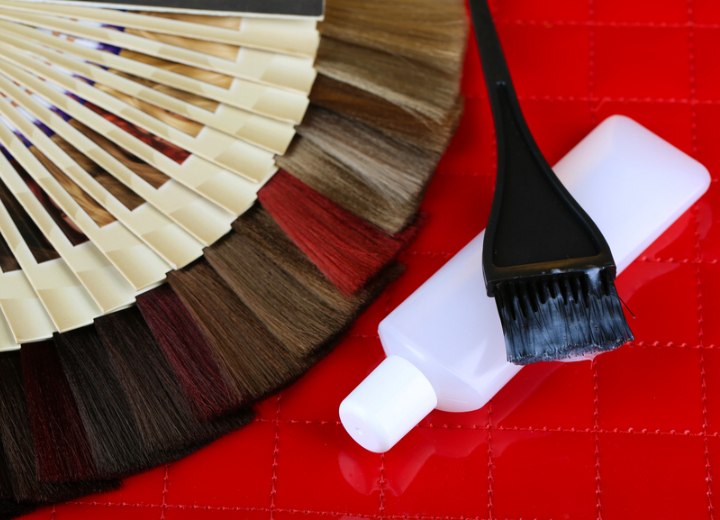Highlighted Hair & Color Difference

In one window of my home, in the early morning, on the west side of the house, I love my hair! The rest of the time, I hate it! Also, do salon colors look different, under the fluorescent lights, than beauty supply colors?
A: All hair reflects light. Highlighted hair (especially light to very light blonde highlights) reflects the predominant color that is shining on it on any particular point in time.
You’ll best be able to test this theory by looking at your hair in different lighting environments. Under, blue or cold white lights, your hair will look more ash-blonde. In warmer, yellow-based lights your hair will reflect a warmer, honey to brass color.> The best way to see what your highlighted hair actually looks like is to go outside with a mirror in the natural sunlight.
You can’t change the effects that yellow-based lighting has on your hair, but there are procedures you can follow to counter these effects. Go to the hairdresser and ask for a strong ash-toner to be applied to your highlights. This should neutralize any warm (yellow or light orange) tones in your blonde highlights. Don’t attempt doing a toner on your own, as you need experience and expertise to select the correct toner.
It is also possible that the darker colors or the base-color of your hair has a warm undertone, which offsets on your highlights, making them seem brassy. This is a problem also best left to your hairdresser to rectify, as the process is highly technical and technique related.
If you had solid-blonde hair (blonde without the highlights), you would be able to tone your hair at home. Although I don’t encourage this as it is still a technical issue. You could then buy a box of hair-color at a beauty-store that clearly says “ash” or “cool tones” or “ice blonde” on the cover. This is important, as ash-or cool blonde hair-colors have a blue or purple undertone, to combat brassiness.
Professional and high-end range store-bought colors differ in the sense that professional salon colors are mixed by the stylist to complement your complexion and hair-style. In your example, the hairstylist would know exactly what ratio, color, hue and undertones to mix together to combat any brassiness and yellow. Salon-color also tends to be less damaging and harsh on the hair shaft, as it is more expensive.
There is a whole field of scientific research committed to inventing and improving current hair-coloring products to be less damaging and more effective on hair. This research and testing-procedures obviously drives up the cost of professional products in relation to store-bought variations, thus salon products are more expensive. But your chances of burning off your own hair or damaging it beyond repair are much greater when using store-bought hair-color.
©Hairfinder.com
See also:
How to color hair
How to choose natural looking highlights